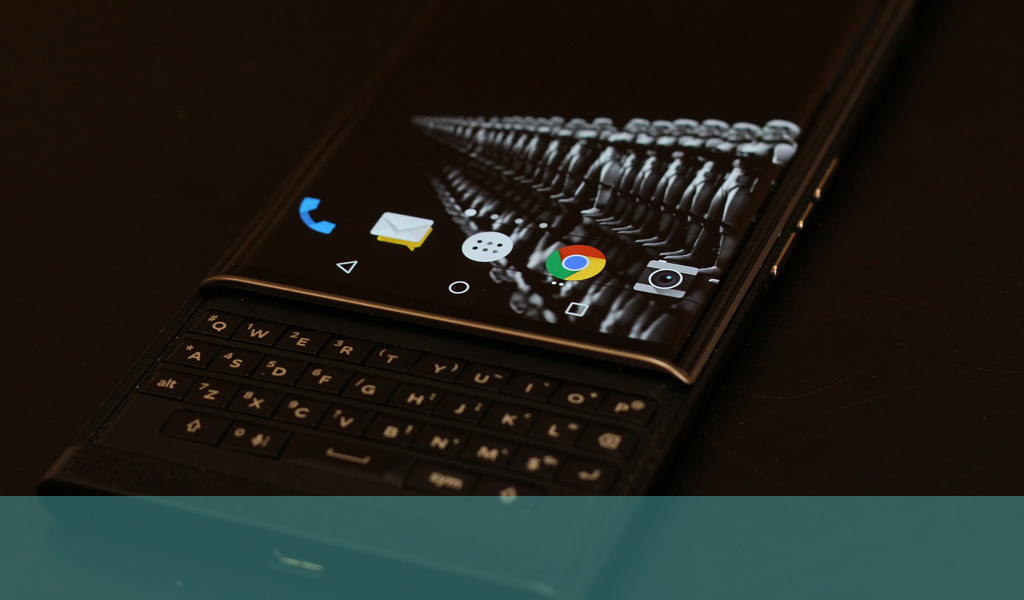
Where did Blackberry go wrong?
There was once a time, in the not too distant past, when a company known as Blackberry Ltd (formerly RIM) had the world at its feet. Rulers of the smartphone market, it was pretty much their game to lose.
Which they subsequently did, in somewhat spectacular fashion considering the Blackberry handset was once the enterprise mobile of choice.
With a global market share of 0.6% as of Q4 2013 (from around 50% in 2009), where did it all go wrong? Here are three factors that contributed to Blackberry’s demise.
Desirability
The iPhone introduced desirability into the smartphone market, with both its aesthetic sensibilities, and the mobile user experience it offered. An app store that pretty much redefined how users engaged with their devices, combined with an operating system that took both simplicity and usability to new levels. The Blackberry suddenly looked boring, stodgy, and functional, even to the enterprise crowd, who were taken with the mobile user experience and sexy touch screen that the new kids on the block, iPhone and Android, provided.
Disaster
In late 2011, an already ailing Blackberry found itself at the centre of a credibility-expunging furore, when both its messaging and internet services came a royal cropper. To add insult to injury it didn’t happen just once, but twice. Mobile user experience went out the window, when the Blackberry was reduced to little more than a brick, which just happened to make phone calls – and who, in 2011, wanted that? The crash was on a international scale, and the backlash suitably global. Some regarded this as the final nail in the Blackberry coffin.
Imitation
Undeterred , Blackberry plodded on in the face of dwindling stock prices. Once drivers of innovation, by 2013 Blackberry were playing catch up to the likes of Apple, Samsung, and HTC. The much delayed Blackberry 10 OS was released, along with the manufacturer’s first fully touch screen device, the Z10. Pretty much taking its lead from Apple, Blackberry 10 and its flagship handset had some nice features, but, in the cold light of day, it was little more than an iPhone copy, begging the question, why buy an imitation, when you can have the real thing? It also played yet another mobile user experience blinder, doing away with BIS (Blackberry Internet Service), which gave users unlimited messaging, email etc, and tying these features into the consumer’s data usage plan, further alienating an already flat-lining customer base.
Engage your customers with exceptional mobile user experience. Contact UX2/7 today, and learn more about usability testing and international user research.




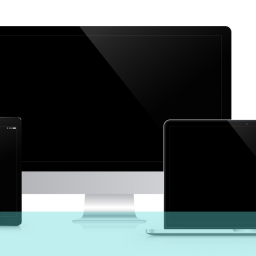

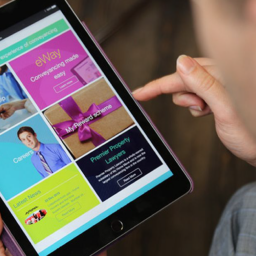

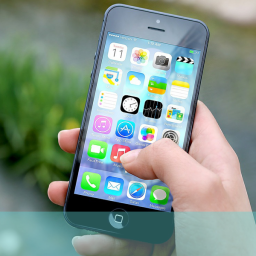



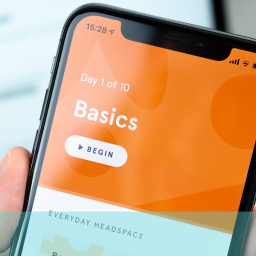
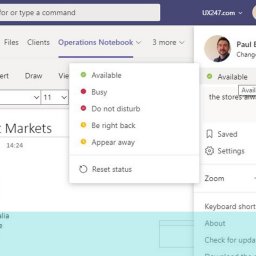




[…] but a restock was also reported to have sold out within a day. Not what you’d expect from the troubled […]